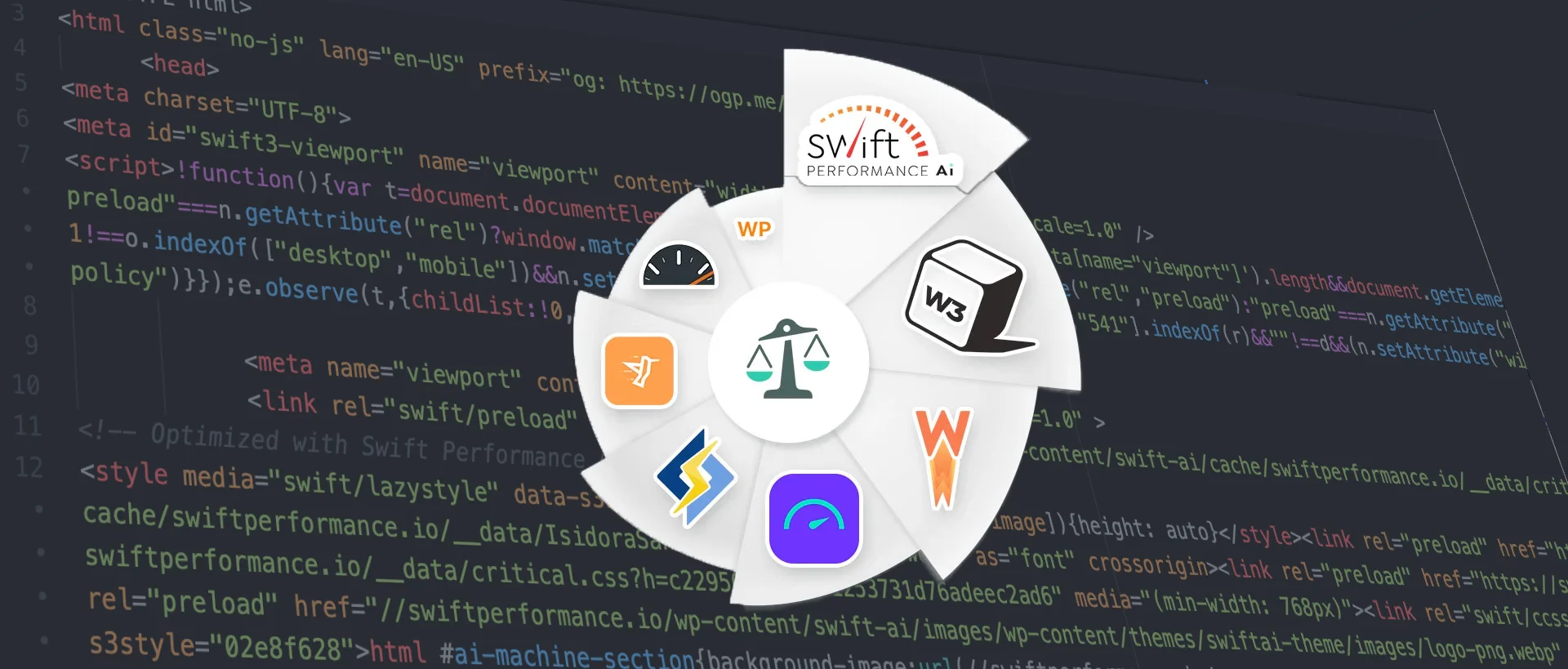If you use W3 Total Cache to optimize the loading time of your WordPress website, chances are you encounter some common errors. Luckily, these errors are easy to fix. They can seem challenging at first, especially if you are new to WordPress, but believe us when we say there’s no need to throw in the towel. Below, we collected the most common issues that may arise when using W3 Total Cache, and we will share the solutions that can help you quickly and easily fix them!
 Why should you use a Premium Cache Plugin?
Why should you use a Premium Cache Plugin? How to fix the most common W3 Total Cache errors?
When something goes wrong with W3 Total Cache, you will know about it. Among the typical symptoms you can easily notice are pages displaying differently, pictures not showing, issues with updating the shopping cart, and so on. You may also experience issues with logging into WordPress. It’s good to know about these possible errors so you can be prepared and able to fix them quickly.
W3 Total Cache status not cached
Sometimes it can happen that W3 Total Cache won’t cache all resources. If this happens, you can rely on the debug tool to see what is and what isn’t cached. After you completed all the tests and you are still experiencing issues with the plugin, you might want to consider opting for a different caching plugin.
W3 Total Cache errors : 404
Another common issue that may arise is a 404 error, especially since recent WordPress updates. These errors usually occur in Google Search Console or GT Metrix. Free plugins have disadvantages and in this case, as well, can cause problems. When you choose to use free plugins keep in mind that they may not always be maintained and compatible with the latest WordPress updates. This can cause issues.
The easiest fix is to disable caching of 404 pages or perform a fresh installation. What you can also do is investigate the source of the 404 error, you might be lucky to be able to fix the error without having to reinstall the entire plugin. However, these fixes won’t work in all cases, so you should also consider switching to a fully compatible, up-to-date plugin to improve the loading time of your WordPress page.
W3 Total Cache errors : 500 or wp-admin error notification
With the page caching option enabled and using WordPress in network mode can raise further problems, such as the error 500 or the wp-admin error notification. W3 Total Cache is known to cause numerous 500 errors, while the extent of the problem may depend on the hosting service’s use of Varnish. In such cases, the most effective solution you can opt for is modifying your .htaccess file. You can also try the “combine only” option on the CSS tab of the plugin’s settings and then choose “auto” on the Minify tab settings. This fix is known to be effective as well in some cases.
W3 Total Cache error some files appear to be missing
In case you encounter this error, you’ll have to remove the plugin entirely. Before reinstalling it, make sure that any remaining files are also deleted.
W3 Total Cache Error Unable To Resolve Hostname
On occasion, this error can appear because of the CDN, especially if you use CloudFront or MaxCDN. If this happens, the best you can do is to revert to an earlier version of the plugin. However, the downgrade has an important disadvantage you should not ignore. It makes the XSS vulnerable, causing severe security issues. In case you cannot solve the issue, then our advice is to switch to a premium cache plugin such as Swift Performance AI.
4 steps-guide on how to uninstall W3 Total Cache
In case you notice that there is something wrong with W3 Total Cache and you decide to uninstall it, it is crucial to understand the steps you need to follow. Uninstalling W3 Total Cache is not a difficult task to do, but it is important to make sure you remove all residual files in your FTP to avoid unexpected troubles in the future.
But now, without further ado, let’s see what are the 4 steps you should follow to uninstall W3 Total Cache.
Step 1: Turn Off All Caching, Minifying, and Other Options
As a first step, start at the W3 Total Cache settings page in WordPress and disable all enabled options. Just simply uncheck everything and save the changes you made.
Step 2: Deactivate and Delete the Plugin
Now you will need to deactivate and delete W3 Total Cache. To do this, go to the plugins page and click deactivate. As soon as you do this, a Delete button will appear. Click the button and delete the plugin.
Step 3: Remove Files From the Web Server
Just in case you will need anything later, don’t forget to back everything up before you remove all files from the web server. When it comes to deleting these files, make sure to include advanced-cache.php, db.php, wp-total-cache-config.php, and the entire w3tc folder from the wp-content folder.
Step 4: Solve any .htaccess errors caused by W3 Total Cache
As a last check, before uninstalling W3 Total Cache, verify that no rules remain in your .htaccess file. You can create a backup of the file before removing anything, then re-upload it to the server, and in case everything works well, you can finally say goodbye to W3 Total Cache.
Final Thoughts: Why Swift Performance AI is the best fix for your cache problems?
As you could see, errors and issues can always occur when using W3 Total Cache to optimize the loading speed of your WordPress website. Although this plugin is a great one and highly popular, it might require some fixes from time to time. Now, after reading our list, you’ll know what to do in case you come across one of these errors, but as you could see, these fixes don’t work for everyone.
The best advice we can give you is to opt for a premium cache plugin such as Swift Performance AI. Our plugin is the most effective WordPress speedup cache plugin that uses innovative techniques to get you the promised results! Dive deeper into our blog and learn more about the features of Swift Performance AI and how it can improve the loading speed of your WordPress website!
Try out Swift Performance AI with a 14-day money-back guarantee.







